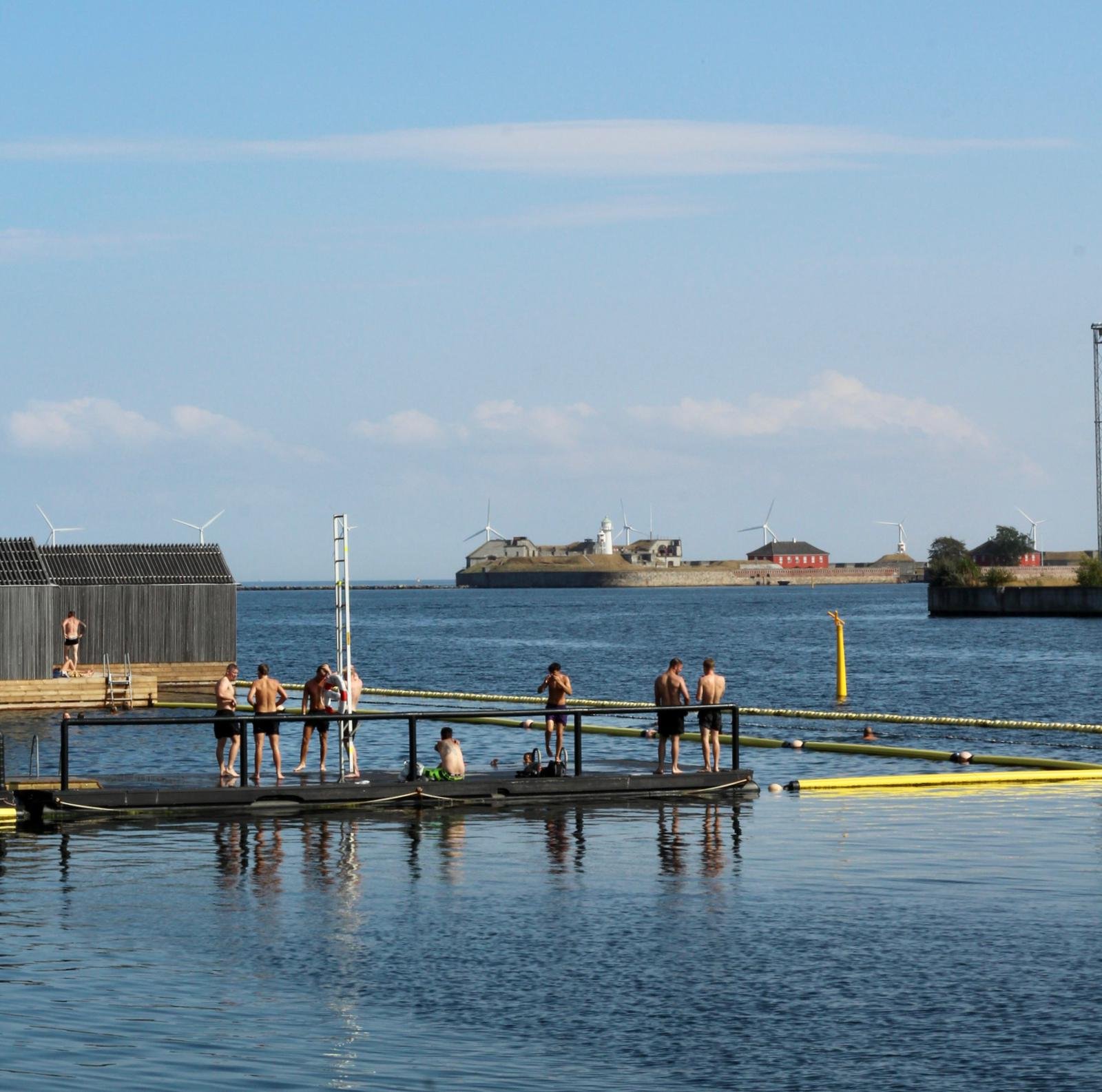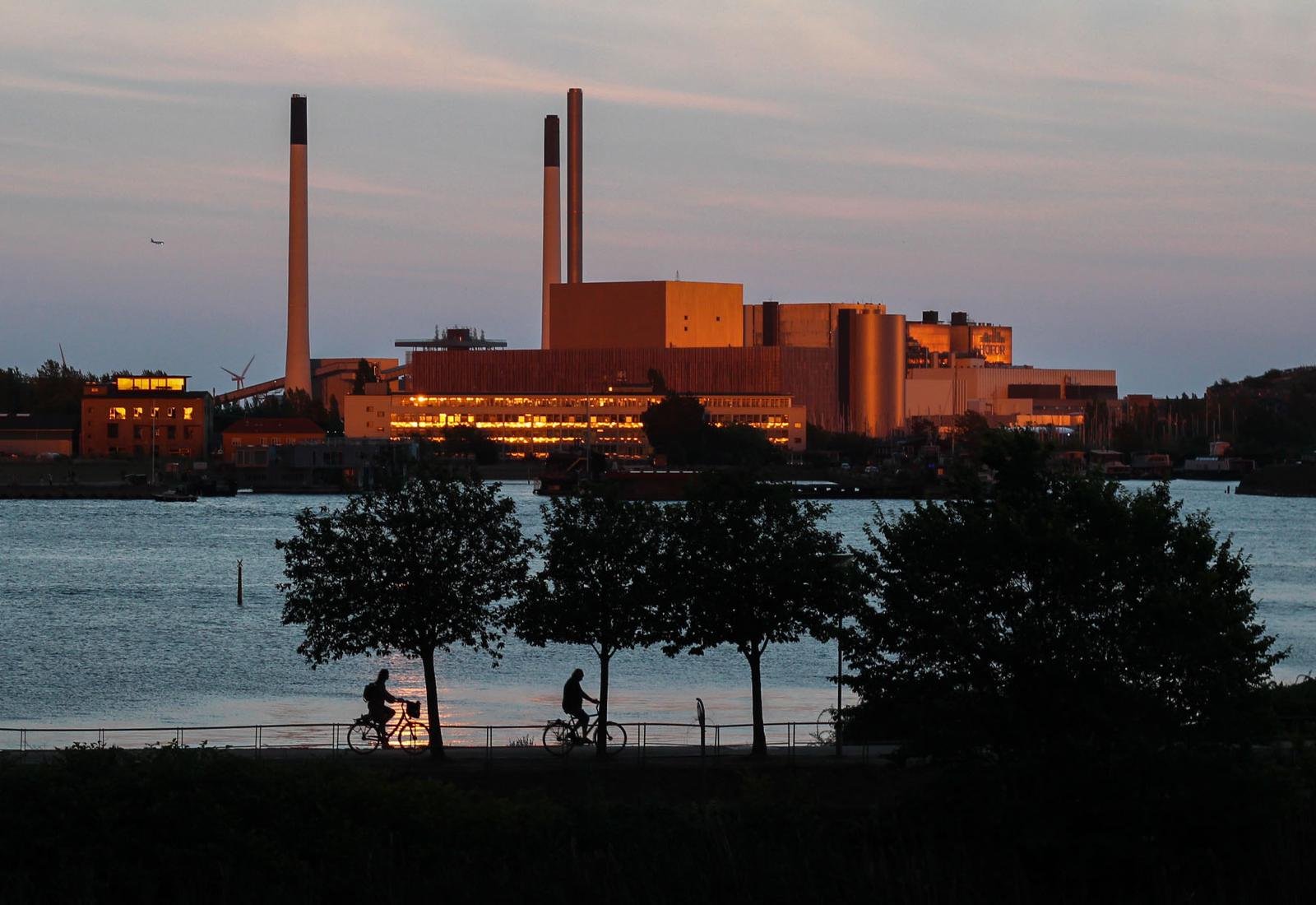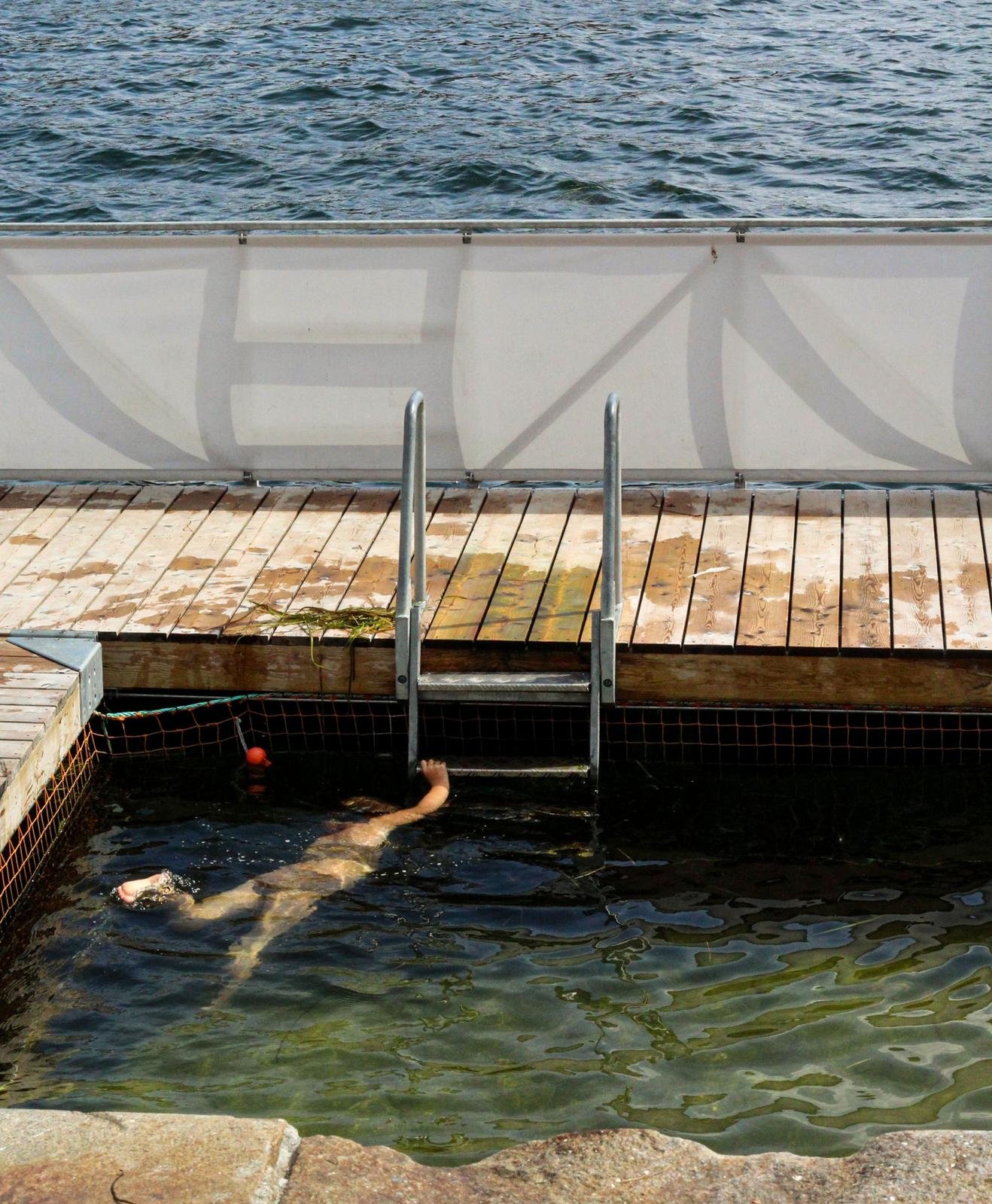City of Copenhagen Water Transformation
Photography by Abigail Lambert
On a hot summer day in Copenhagen, the harbors and canals in the city bustle with throngs of people swimming, tanning, boating, and fishing. Copenhagen is one of the very few large cities around the world with clean enough water for public recreation and thriving marine life. However, the Port of Copenhagen was not always so hospitable for life both above and below the surface. Just 10 years ago, the harbor surrounding the city of Copenhagen was heavily polluted with toxic and persistent chemicals and waste.
Throughout the 1800s, Copenhagen transformed into a heavily industrialized city, leading to a significant increase in wastewater and pollution. By the mid-20th Century, the harbor’s marine life was decimated and swimming was prohibited. By the 1990s, however, as industry became more outsourced and production decreased in the Port, the city rethought the use of the formerly industrial harbor area known as Sydhavnen. New residential and office areas opened up in the area and city planners envisioned a transformed Sydhavnen with recreational opportunities and thriving marine life. To meet these visions, the City of Copenhagen had to come up with a plan to deal with large amounts of toxic organic material already existing in the harbor, as well as future pollution from the city’s outdated wastewater and sewage systems.
Since then, Copenhagen has invested upwards of 200 million EUR in the modernization of the city’s wastewater system and harbor infrastructure. Wastewater treatment plants were implemented, overflow tanks were built to avoid polluted flooding, and pipes now bring non-treated wastewater several hundred meters outside of the harbor. Since the enactment of these infrastructure changes, there has been a drastic decline in aquatic pollution of heavy metals and suspended pollutants. This allowed aquatic species biodiversity to increase, and by 2000 recreational swimming was allowed again for the first time in decades.
Nowadays, summers in Copenhagen are characterized by the residents’ relationship with the harbor and port areas. On hot days the harbor baths—designated swimming areas all around the cities—are flooded with people of all ages. On cool evenings, fishermen lug portable grills to line the piers and cook the freshest dinner in the city. More than just a recreational space, the harbor is the heart of the vibrant city–a social space for the community to connect with their environment and each other. The Harbor’s GreenKayak organization rents kayaks out for free if users pick up trash along the way and document their trip. The city’s Harbor Festival, called Kulturhavn, provides free activities for the community like stand-up paddleboarding, sand crab cooking lessons, and a climate roundtable. This year’s activity list even features “The Boat of Dialogue,” a boat ride conversation with refugees from Trampolinhuset, a democratic space for citizens, refugees, and immigrants in Copenhagen.
Photography by Abigail Lambert
The Port of Copenhagen has framed and gathered cultural experiences for the community since it was transformed in the 90s. This rethinking of public spaces is just one part of Copenhagen's plan to meet the environmental and social challenges of today, like combatting flooding due to climate change. Other cities around the world have looked to Copenhagen as a guide for their own climate resilience plans. Paris has followed Copenhagen's lead and plans to have swimmable water in the Seine by the time the 2024 Olympic Games roll around. In Boston, The Charles River Conservancy released plans to build a Swim Park much like Copenhagen's many harbor baths.
Photography by Abigail Lambert
Other cities would be wise to look not only at the methods used to clean up the harbor and transform waste systems, but also at the public water initiatives and activities that give communities a stake in the water surrounding their home. Copenhagen’s ability to garner public interest and allow residents to see water and the harbor as an integral part of their urban identity allowed for these projects to happen quickly and successfully. As Copenhagen faces future climate risks such as increased rainfall and rising sea levels, this deep public interest and investment in water stewardship will help the city to meet future flood and water challenges.



